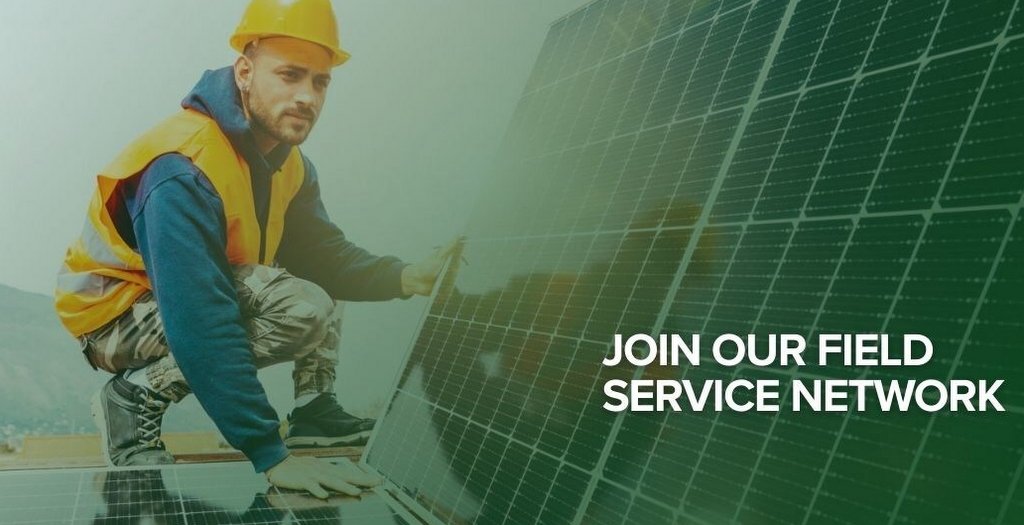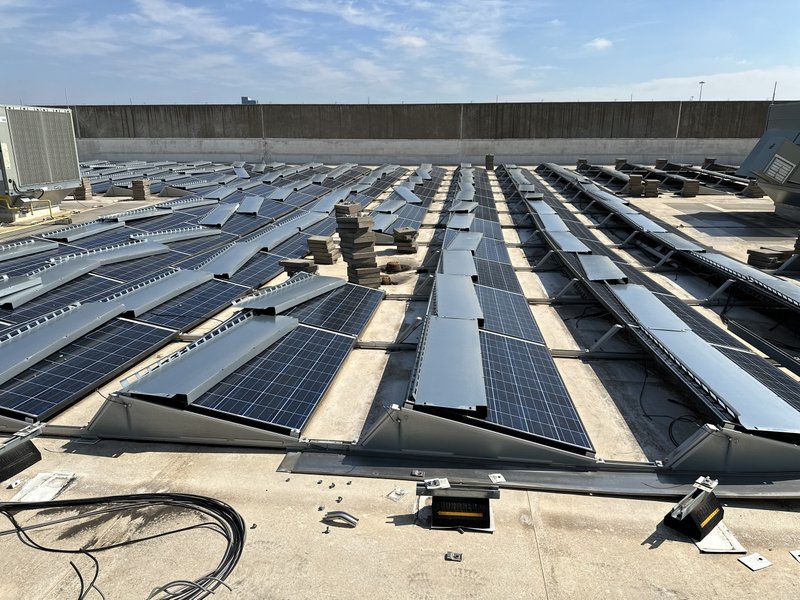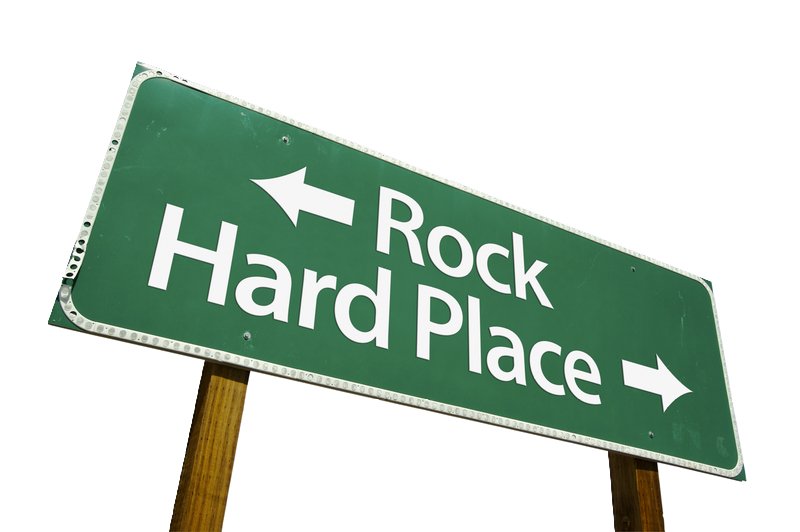SEIA warns of stringent building code changes proposed by FEMA

International Code Council (ICC) voters are considering a code change that could upend solar development, according to the Solar Energy Industries Association. SEIA is joined by 315 clean energy companies that are calling on voters to reject a code proposal from FEMA in the 2024 International Building Code, S76-22, that would require solar, storage and wind projects to meet Risk Category 4 requirements, the most stringent category possible. The voting period for ICC members runs from Oct. 17 through Nov. 1.
What’s the deal?
Today, approximately 95% of large-scale PV facilities are designed and permitted as structural Risk Category (RC) I (one); and nearly 100% of wind turbine facilities are Risk Category II (two). This proposal, SEIA says, would result in a dramatic spike in construction costs (steel, concrete) and likely dozens of gigawatts of cancelled clean energy projects.
“The stated goal of FEMA’s proposal is increased grid reliability, but when you needlessly make it harder to build resilient clean energy, the obvious effect is a reduction in reliability,” said Abigail Ross Hopper, president and CEO of SEIA. “This overreach is being made in an opaque process without input from experts on economic impacts, electric reliability and climate change. America’s solar and storage industry is urging International Code Council voters to consider the real-world impact of this code and approve SEIA’s compromise proposals.”
Grid reliability is the core issue at hand. Solar projects need to withstand the increasing number of natural disasters (also increasing in severity). These increases though are caused by climate change, and a more reliable grid needs more renewable energy, which is now the top priority of the Biden Administration. So, there is a balance here that SEIA and many others believe is tipped out of whack by this proposed change.
And by “out of whack,” I mean the proposal would require solar structures to be immovable in extreme conditions while the panels themselves would blow away.
“The FEMA proposal is well intended, but not well considered,” said Mike Bergey, president of Distributed Wind Energy Association (DWEA). “It’s like saying that the cars for VIP’s should be bulletproof and then requiring all cars to be bulletproof. Besides that, FEMA totally misses that the grid is the weakest link and requiring more steel and concrete on solar and wind installations won’t strengthen the power grid.”
Others have written to us about this as well, claiming that these standards would eliminate independent power producers and cut back solar deployment. This comes as the industry / country has the directive to ramp up deployment, specifically to increase grid reliability and resilience.
“The process is a complete mess and there is no opportunity for public input,” as one source put it.
SEIA points out that FEMA officials themselves supported the proposals that SEIA put forward, according to oral testimony on Sept. 15 and a voter’s guide that FEMA mailed out to voters on Oct. 13. This compromise framework (S79-22 and S81-22) includes an important carve-out for solar projects to be designated as Risk Category 2.
SEIA believes this balances the significant increase in the structural requirements for solar facilities with enough breathing room for project construction to move forward.





Comments are closed here.